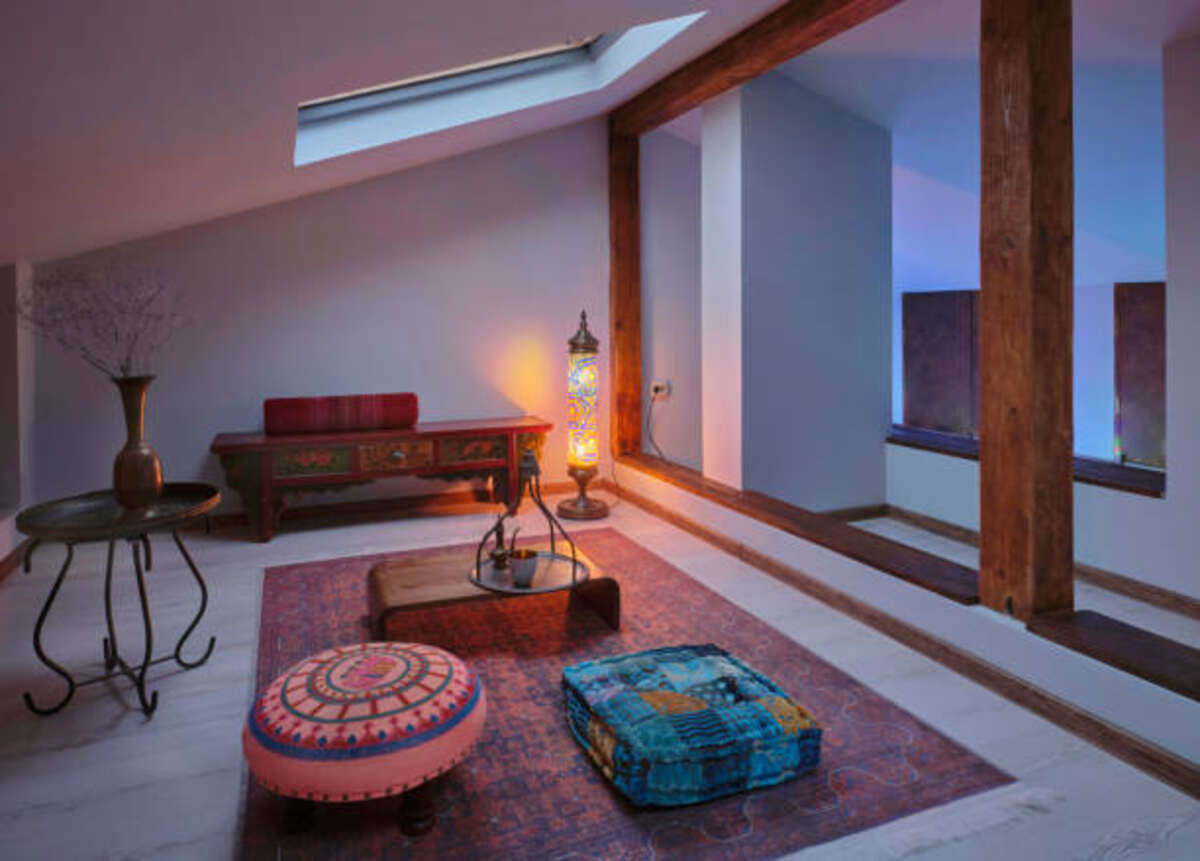Sacred Space Makeover: Transforming an Existing Room into a Sanctuary
In today’s fast-paced world, finding a space for inner peace and tranquility is essential for our mental and emotional well-being. Creating a sacred space within your home is a beautiful way to reconnect with yourself, reduce stress, and cultivate mindfulness. While dedicating an entire room as a sanctuary may seem daunting, it’s a worthwhile endeavor that can transform your daily life. This article will explore the art of turning an existing room into a sacred sanctuary. Have the Best information about Sacred Space Makeover.
Choosing the Right Room
The first step in your sacred space makeover is selecting the room or area to become your sanctuary. Consider the following factors:
1. Size: The room should be large enough to accommodate your needs comfortably. However, even a tiny corner can be a sacred space with the right design.
2. Privacy: Choose a location where you can have privacy and solitude when needed. A quiet space will enhance your ability to meditate and reflect.
3. Lighting: Natural light is ideal, but if impossible, ensure you can control the lighting with curtains or shades. Soft, warm lighting is often preferred for sacred spaces.
4. Accessibility: Ensure the room is accessible so you’re more likely to use it regularly.
Setting an Intention
Before you start transforming the room, setting an intention for your sacred space is crucial. Ask yourself what purpose this sanctuary will serve in your life. Is it a place for meditation, prayer, yoga, or simply a space for self-reflection and relaxation? Clarifying your intention will guide your design choices and create a meaningful margin.
Clearing and Cleansing
Once you’ve chosen the room and set your intention, it’s time to clear and cleanse the space. This step is essential for removing negative energy and creating a fresh start. Here are some methods to consider:
1. Declutter: Remove any unnecessary items and clutter from the room. A clutter-free environment promotes mental clarity.
2. Cleanse with Sage: Burning sage, or smudging, is a traditional space purifying. Wave a smudge stick in each corner of the room while setting your intention for cleansing.
3. Sound Cleansing: Play soothing music or use singing bowls, bells, or chimes to fill the space with calming sounds.
Design Elements
The design of your sacred space should reflect your tastes and resonate with your intention. Here are some key design elements to consider:
1. Color Palette: Choose colors that evoke a sense of peace and tranquility. Soft blues, greens, purples, or neutral tones are often preferred.
2. Furniture: Select comfortable seating, cushions, or a meditation chair. Ensure that the furniture aligns with the purpose of your sanctuary.
3. Altar or Focal Point: Create a focal point in the room, such as an altar, artwork, or a statue that holds spiritual significance for you.
4. Natural Elements: Incorporate nature into your space with plants, stones, shells, or a small indoor waterfall.
5. Lighting: Use soft, warm lighting to create a cozy and inviting atmosphere. Candles, salt lamps, or fairy lights can enhance the ambiance.
6. Personal Touches: Add personal items like meaningful photographs, crystals, or sacred texts that hold significance for you.
Functionality
Consider the functionality of your sacred space. Consider including a meditation cushion, a yoga mat, or a small table for candles and incense if it’s a meditation room. For a prayer space, ensure you have religious texts or objects important to your practice. Make the space functional for your chosen activities.
Maintaining the Sanctuary
Maintaining your sacred space is an ongoing practice. Here are some tips:
1. Regular Cleansing: Periodically cleanse the space with sage or other purifying methods to maintain positive energy.
2. Mindful Use: Use the space regularly for its intended purpose. Consistent practice will deepen your connection to the sanctuary.
3. Respect and Reverence: Treat your sacred space with respect and reverence. Avoid bringing negative energy or distractions into the room.
4. Personal Growth: Your sacred space can evolve with you as you grow and evolve. Feel free to update and adjust it as your needs change.
Conclusion
Transforming an existing room into a sacred sanctuary is a powerful way to nurture your mental and emotional well-being. It’s a space to find solace, reconnect with yourself, and cultivate inner peace amidst life’s demands. By choosing the fitting room, setting a clear intention, and incorporating meaningful design elements, you can create a sanctuary that brings tranquility and mindfulness into your daily life. Remember that your sacred space reflects your inner world, and as you invest time and energy into it, you’re also investing in your own well-being and spiritual growth.


